1. Carter Walks into History
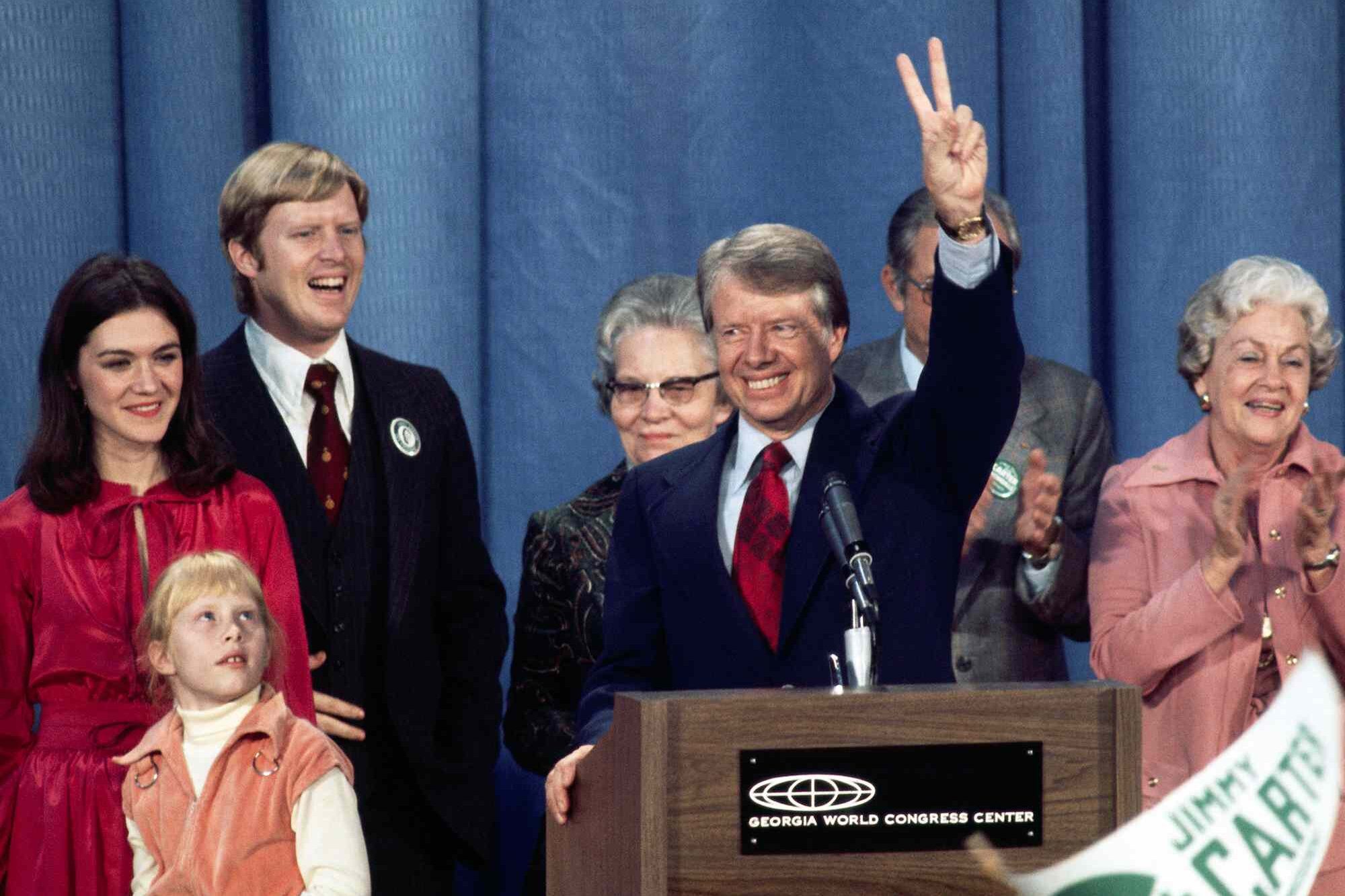
1977 wasn’t just another year; it was the dawn of something new. As winter faded, Jimmy Carter stepped into office on January 20, walking down Pennsylvania Avenue instead of riding in a car. It was a gesture of humility that struck a hopeful chord in a post-Watergate America. People were ready for honesty again. Carter promised to restore trust and simplicity to leadership. The moment felt symbolic, as if the country itself was taking its first steady step into the future. The year ahead would prove just how much change was waiting beyond that quiet walk.
2. Roots Captivates America
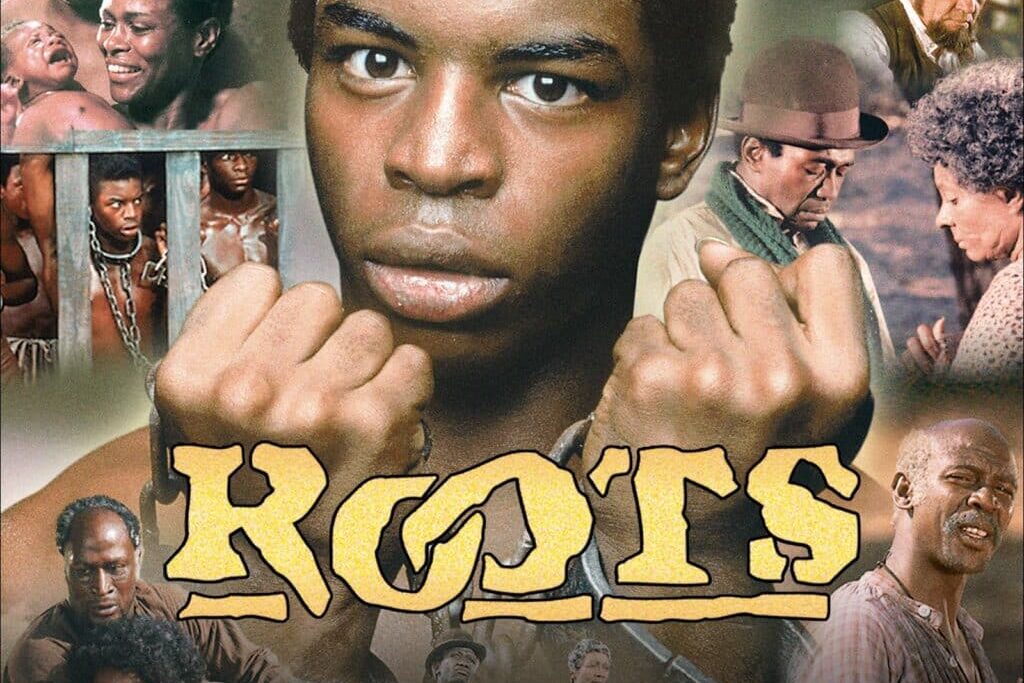
By late January, living rooms across America were silent, eyes fixed on television screens. ABC’s miniseries Roots, adapted from Alex Haley’s book, told a brutal but powerful story about slavery and survival. For eight nights, over 100 million people tuned in. Families discussed history that had long been ignored, and schools began teaching it differently. It wasn’t just a show; it was a reckoning. The conversation it started rippled across communities, creating a shared awareness that storytelling could heal, confront, and connect. After Roots, television no longer felt like simple entertainment, it became a mirror to the nation.
3. Fleetwood Mac Finds Gold in the Heartbreak

February shimmered with emotion when Fleetwood Mac released Rumours, an album born from love, loss, and everything in between. Behind every track lay tangled relationships and whispered pain, yet the sound was pure gold. Songs like “Dreams” and “Go Your Own Way” became anthems of bittersweet freedom. Fans didn’t just listen, they felt every lyric. The music wrapped heartbreak in harmony, turning private chaos into shared beauty. Rumours became one of the best-selling albums of all time, reminding everyone that even in turmoil, art could shine its brightest. Heartbreak, it seemed, had a melody worth singing.
4. Rings Around Uranus

March came with a cosmic surprise. While observing a distant star, astronomers noticed something unexpected. The light flickered in patterns revealing rings around Uranus. The discovery added wonder to the skies and expanded humanity’s knowledge of the solar system. It was a reminder that the universe still held secrets waiting to be found. People everywhere, from classrooms to coffee shops, talked about the new rings. Science suddenly felt exciting again, part of the same spirit of discovery that defined the decade. Even in an age of turmoil on Earth, the stars continued to offer a sense of infinite possibility.
5. The Light of Fiber Optics
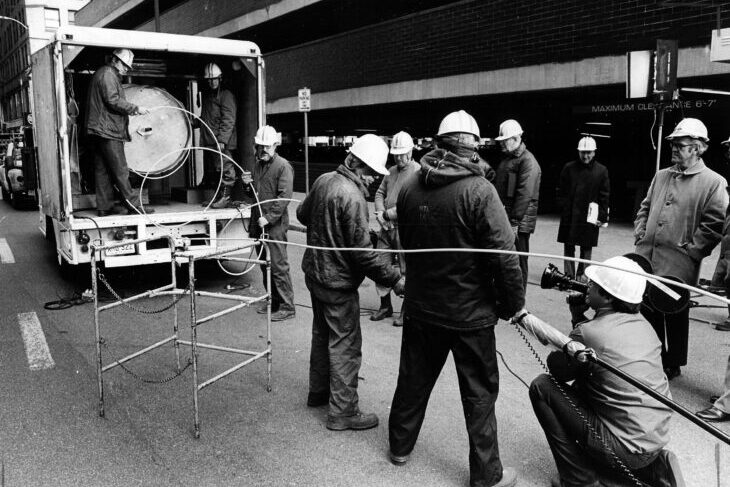
April carried a quieter revolution, one hidden beneath cables and glass. Researchers unveiled practical fiber optics, proving light could carry information faster than ever before. The idea seemed futuristic, almost unbelievable at the time. Yet within decades, it would power the internet, cable TV, and global communication. In labs and offices, scientists celebrated not just a breakthrough, but a bridge between technology and imagination. 1977 wasn’t only about what we could see, it was about the invisible threads connecting us. The world didn’t yet realize it, but the age of instant communication had just begun to flicker alive.
6. Star Wars Rewrites the Galaxy

On May 25, something extraordinary happened. Star Wars premiered, and theaters overflowed with stunned, smiling audiences. George Lucas’s story of hope, rebellion, and galaxies far away pulled viewers into another world. Children left pretending to be Jedi, adults rediscovered childlike wonder. Special effects changed filmmaking forever, and the force became a household phrase. What began as a modest science fiction film turned into a cultural revolution. People lined up for repeat viewings, toys flew off shelves, and cinema itself evolved. The movie didn’t just entertain, it awakened the imagination of an entire generation, one light saber at a time.
7. The Apple II Revolution
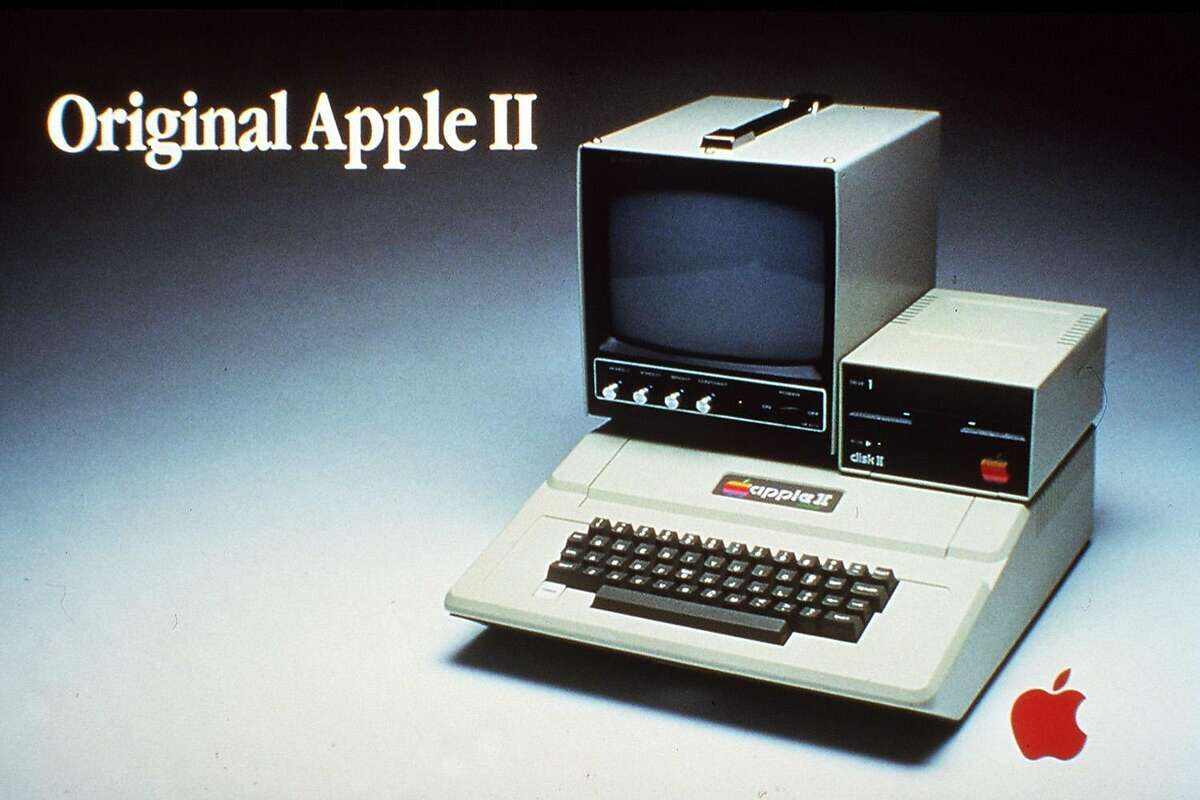
June belonged to a new kind of machine. The Apple II, sleek and colorful, arrived in stores and introduced people to personal computing. For the first time, a computer wasn’t locked in a lab, it was sitting on kitchen tables and classroom desks. Its simplicity made it feel like a friendly companion rather than a tool for scientists. Students used it for learning, entrepreneurs for dreaming, and hobbyists for creating. The world was quietly shifting toward the digital age. In that modest plastic shell, people saw something more than a machine. They saw a glimpse of their connected future.
8. Darkness in the City That Never Slept

July’s heat brought chaos when a massive blackout hit New York City. In a flash, everything went dark. The skyline, once alive with light, turned into shadows. Some turned to crime, looting stores and setting fires, but others came together, helping strangers and sharing candles. The night revealed both fear and unity. When power finally returned, so did reflection. The blackout reminded New Yorkers that light wasn’t just about electricity, it was about community. In the city that never slept, the darkness became a test of spirit. And somehow, the morning felt like a second chance.
9. Deng Xiaoping’s Return
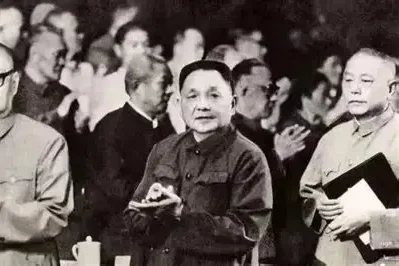
In the same month, across the world, a quiet but world-changing comeback began. Deng Xiaoping returned to power in China after years of political exile. His rise marked the start of a new vision, one rooted in reform and modernization. Instead of revolution, he focused on rebuilding. The shift set China on a path toward becoming an economic powerhouse. His simple philosophy, “Seek truth from facts,” reshaped an entire nation. The West watched with curiosity, unsure of what was coming, but one thing was clear. China was ready to reenter the global stage, and the ripples would reach every shore.
10. Goodbye to the King

August 16 brought a heartbreak that echoed around the world. Elvis Presley, the man who turned rock and roll into a movement, died at his Graceland home. Fans gathered by the thousands, candles in hand, their tears mixing with music drifting through the night. To many, Elvis wasn’t just a performer, he was a symbol of youth, energy, and freedom. His voice had shaped generations. Even in death, his influence only grew stronger. Radios played his songs nonstop, as if refusing to let him go. The King was gone, but his rhythm would forever move the world.
11. A Canal and a Handshake
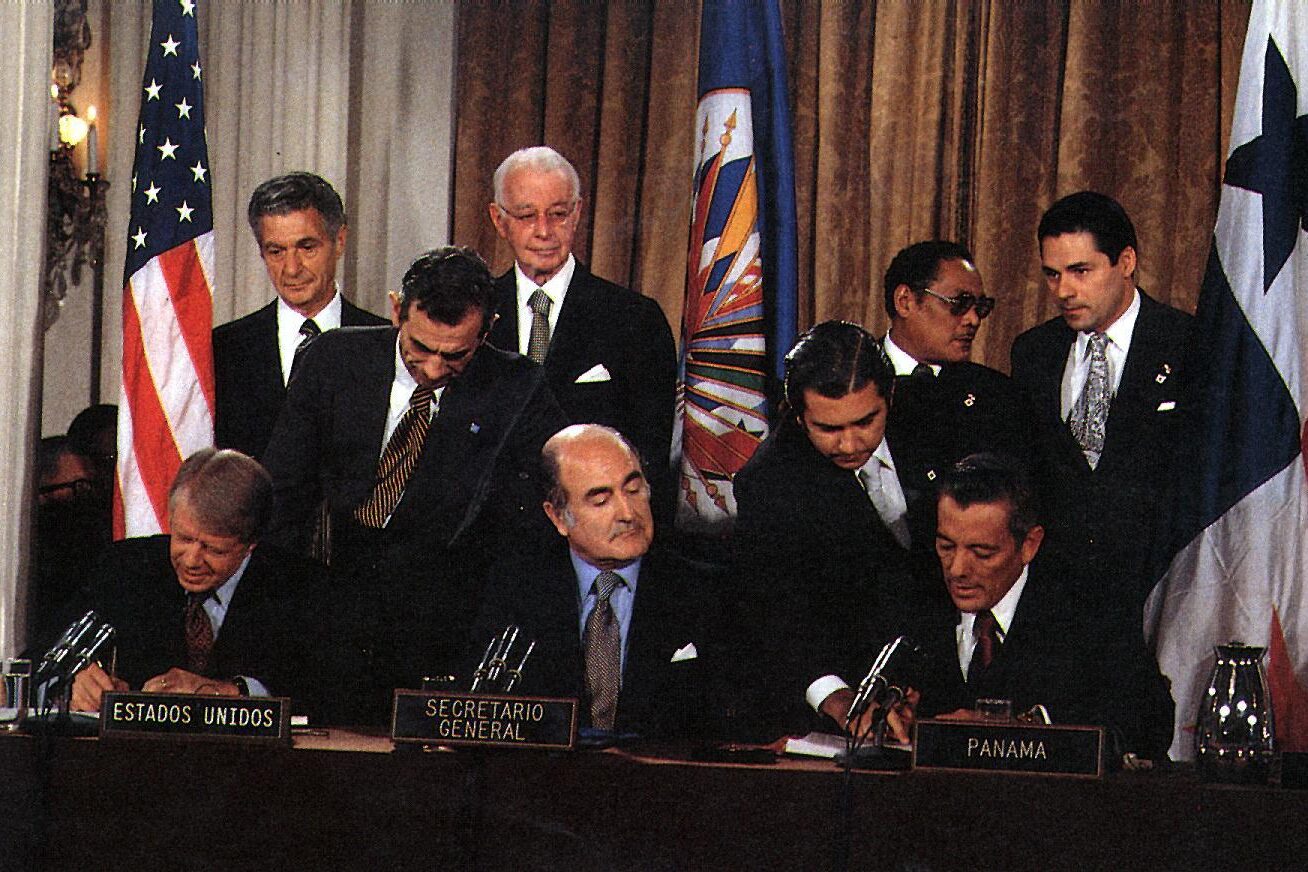
September brought diplomacy to the forefront. In Washington, Jimmy Carter and Panama’s General Omar Torrijos signed the Panama Canal treaties. The agreement promised to return control of the canal to Panama after decades of U.S. ownership. Critics called it risky, but to many, it was a moment of fairness and respect. Carter believed it showed America’s strength through peace, not dominance. The handshake between the two leaders symbolized progress and trust in a complicated world. It wasn’t just about a waterway, it was about learning to share power in an increasingly connected planet.
12. Pele’s Last Game

Later that month, the world watched a legend say goodbye. Pele, the Brazilian soccer superstar, played his final professional game in New York. Fans from every corner of the globe tuned in as he switched jerseys mid-match, uniting his past and present teams in one symbolic gesture. “Love is more important than what we can take in life,” he said afterward. The crowd roared in tears and applause. His last kick wasn’t just an ending, it was a reminder of joy, grace, and humility. For millions, Pele wasn’t leaving the game, he was becoming part of its soul forever.
13. A Tragedy in Mississippi

October arrived with sorrow. A plane carrying members of the Southern rock band Lynyrd Skynyrd crashed in Gillsburg, Mississippi, killing lead singer Ronnie Van Zant and several others. Fans mourned deeply, playing “Free Bird” louder than ever. The tragedy cut short one of rock’s most promising stories, turning their music into a haunting legacy. In every radio replay, listeners found both heartbreak and gratitude. The loss reminded people how fragile life could be, even for those who seemed unstoppable. As the South grieved, music once again became the way to heal, to remember, and to keep moving forward.
14. A Step Toward Peace
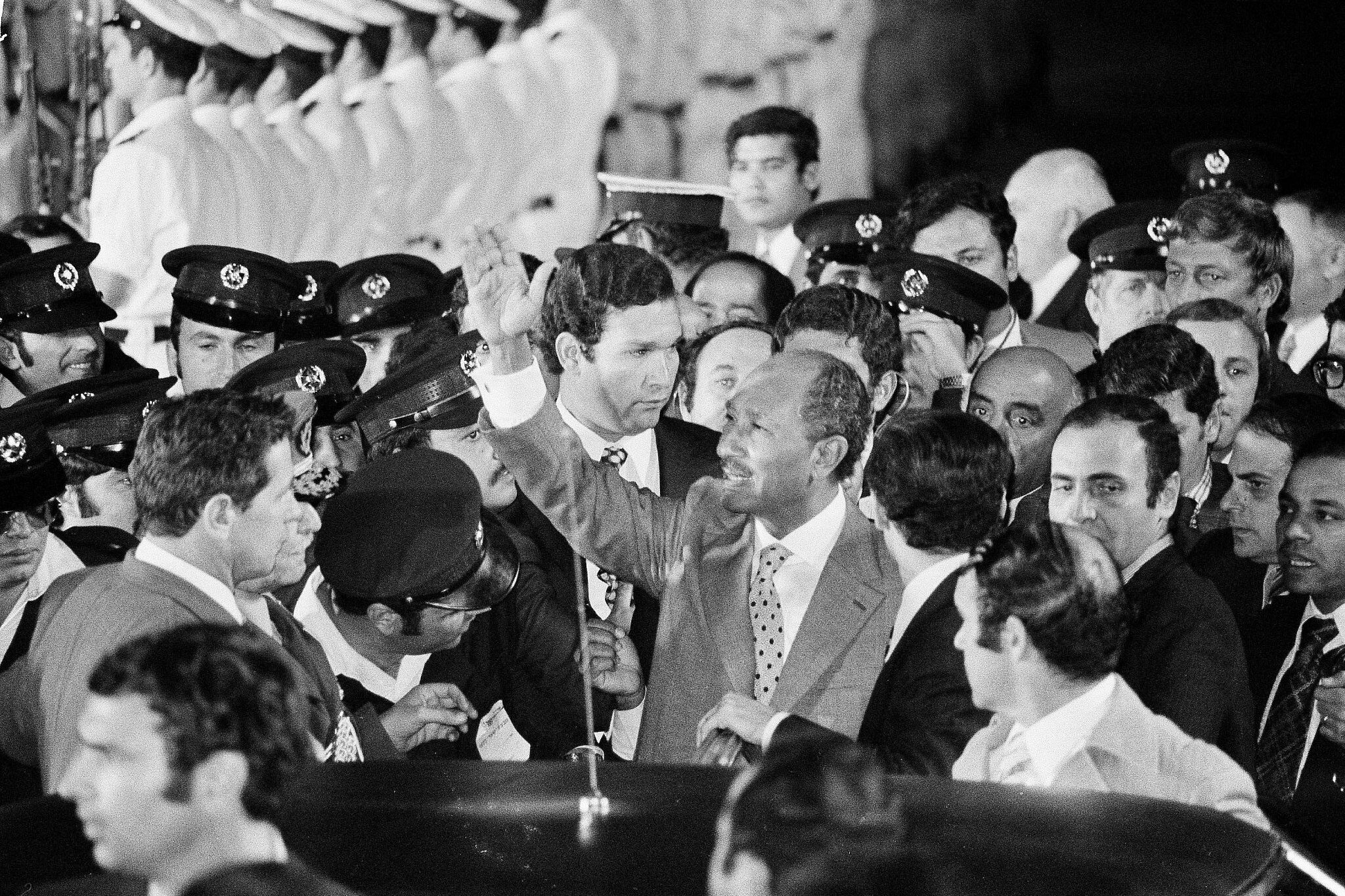
November brought an unexpected bridge between enemies. Egyptian President Anwar Sadat traveled to Israel, becoming the first Arab leader to do so. His visit shocked the world and changed the course of Middle Eastern history. Standing before Israel’s parliament, Sadat spoke of coexistence, saying peace required courage, not war. The trip sparked both hope and outrage, yet it broke a silence that had lasted decades. It wasn’t a treaty yet, but it was a beginning. In a year full of change, it proved that even old wounds could start to heal when someone dared to walk the first mile.
15. Saturday Night Fever Ignites

By December, disco had reached its glittering peak. When Saturday Night Fever hit theaters, John Travolta’s white suit and confident strut captured the world’s imagination. The Bee Gees’ soundtrack filled dance floors from New York to Tokyo. For a moment, everyone wanted to move in rhythm and forget their troubles under the mirror ball. The movie wasn’t just about dancing, it was about dreaming bigger than your surroundings. It gave working-class youth a stage to shine, if only for a night. 1977 might have been filled with change, but in that disco light, the world felt beautifully alive.
16. Farewell to a Silent Legend
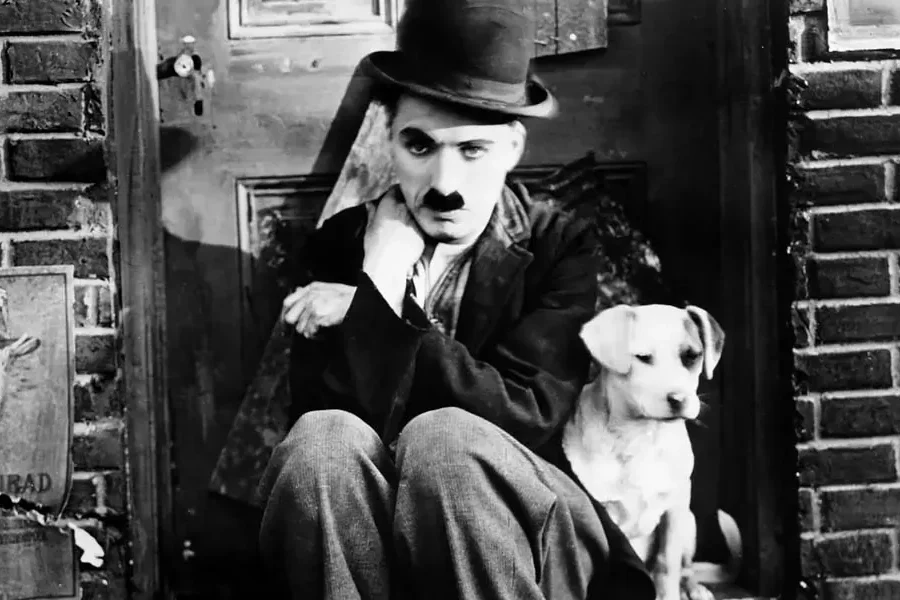
Christmas Day brought a quiet goodbye. Charlie Chaplin, the man who made the world laugh without saying a word, passed away at 88. His silent films had spoken volumes about hope, kindness, and the human condition. For decades, Chaplin’s characters taught audiences that even in struggle, there could be grace. As news spread, old clips played on television, reminding everyone how laughter had once united the world. It was a farewell wrapped in gratitude. Though time had moved on, the Tramp’s walk and smile lingered in memory, a timeless symbol of humanity’s ability to laugh through pain.
17. The PET of Progress

On the last day of the year, one more sign of the future arrived. The Commodore PET computer began shipping, its simple design marking another leap into the digital world. Schools, offices, and hobbyists eagerly welcomed it, not yet realizing it would help shape the modern age. 1977 had begun with promises of honesty and ended with proof of innovation. From Elvis to Star Wars, from fiber optics to the first home computers, the year blended endings and beginnings perfectly. The world had changed forever, and the new era wasn’t coming anymore, it was already here.
In 1977, the past and future crossed paths. Elvis said goodbye, Chaplin took his final bow, but Star Wars, disco, and personal computers announced a new era. The future had arrived and it never looked back.
This story 1977, The Year the Future Arrived was first published on Daily FETCH


